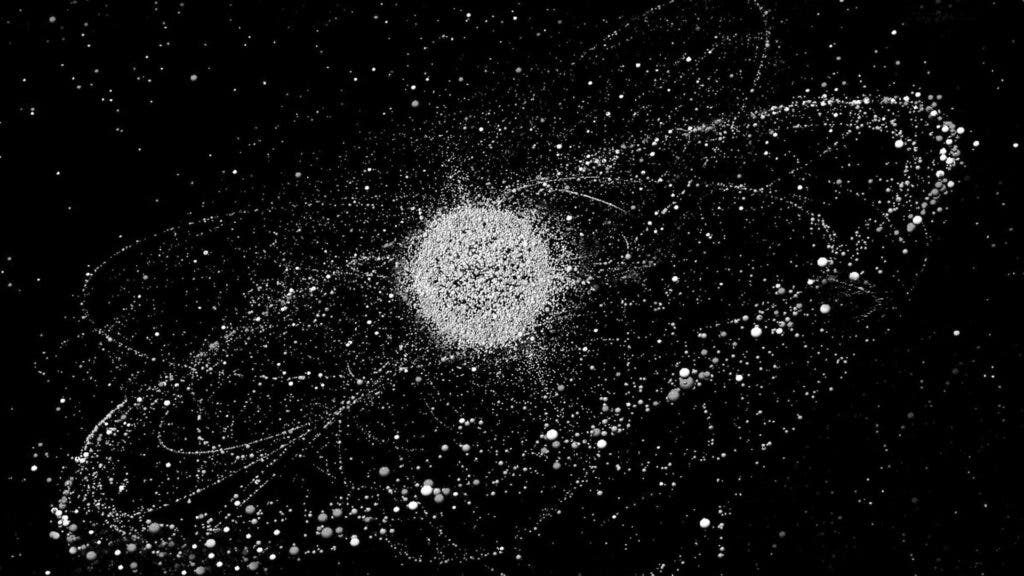
Whenever there are humans, pollution seems to follow. Our planet’s orbit doesn’t seem to be an exception. However, not all is lost yet! Research at the University of Utah is exploring novel ideas for how to clear the build-up before it can cause more trouble for space-faring vessels and their crews.
Their idea involves using a magnetic tractor beam to capture and remove debris orbiting Earth.
Don’t put a ring on it
“Earth is on course to have its own rings,” says University of Utah professor of mechanical engineering Jake Abbott, corresponding author of the study, for the Salt Lake Tribune. “They’ll just be made of space junk.”
The Earth is on its way to becoming the fifth planet in the Solar System to gain planetary rings. However, unlike the rock-and-ice rings of Jupiter, Saturn, Neptune, and Uranus, Earth’s rings will be made of scrap and junk. It would also be wholly human-made.
According to NASA’s Orbital Debris Program Office, there are an estimated 23,000 pieces of orbital debris larger than a softball; these are joined by a hundreds of millions of pieces smaller than a softball. These travel at speeds of 17,500 mph (28,160 km/h), and pose an immense threat to satellites, space travel, and hamper research efforts.
Because of their high speeds, removing these pieces of space debris is very risky — and hard to pull off.
“Most of that junk is spinning,” Abbott added. “Reach out to stop it with a robotic arm, you’ll break the arm and create more debris.”
A small part of this debris — around 200 to 400 — burns out in the Earth’s atmosphere every year. However, fresh pieces make their way into orbit as the planet’s orbit is increasingly used and traversed. Plans by private entities to launch thousands of new satellites in the coming years will only make the problem worse.
Abbott’s team proposes using a magnetic device to capture or pull debris down into low orbit, where they will eventually burn up in the Earth’s atmosphere.
Leveraging their previous experience working on miniature robots capable of ‘swimming’ through the swimming eye guided by magnets, the researchers now believe they can use the same approach to solving our growing space debris problem.
The idea is to use powerful magnetic forces to pull certain space debris off course. Because even non-magnetic space junk can conduct electricity, Abbott argues that you can use controlled force and torque to slow the objects that are spinning so they can eventually be collected. This could prove an effective solution that elegantly solves the challenge of high-velocity space debris. Since the ‘janitor’ magnet doesn’t come in physical contact with space debris, it is safe from high kinetic energy collisions that would produce even more junk.
“We’ve basically created the world’s first tractor beam,” he told Salt Lake Tribune. “It’s just a question of engineering now. Building and launching it.”
The paper “Dexterous magnetic manipulation of conductive non-magnetic objects” has been published in the journal Nature.






